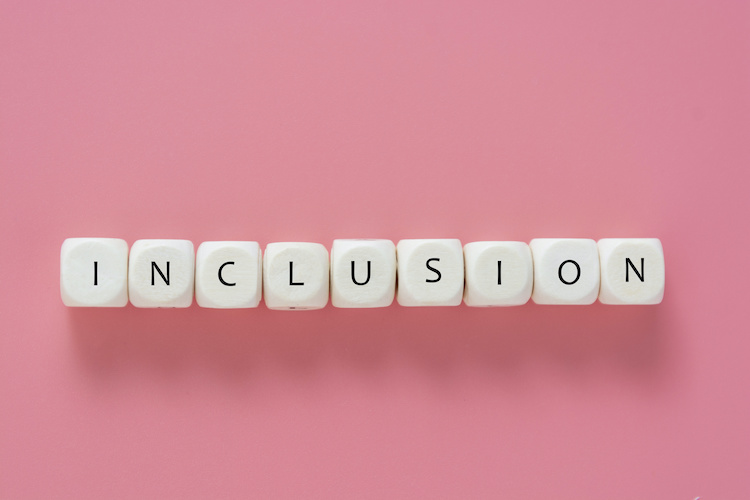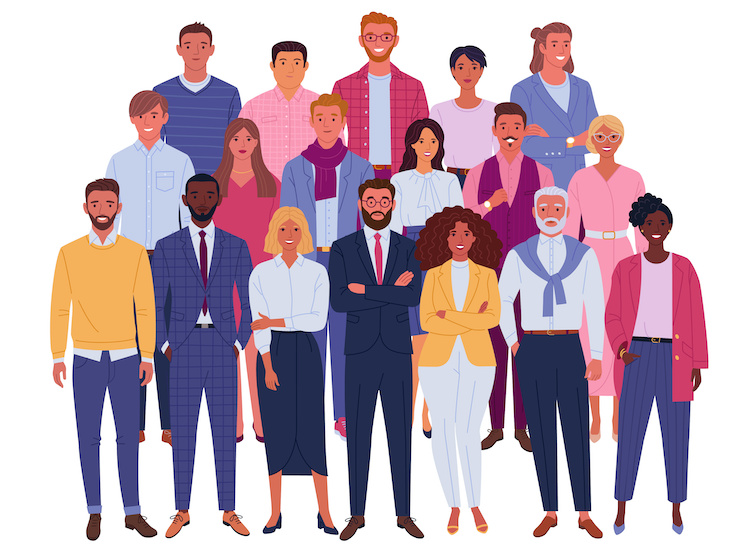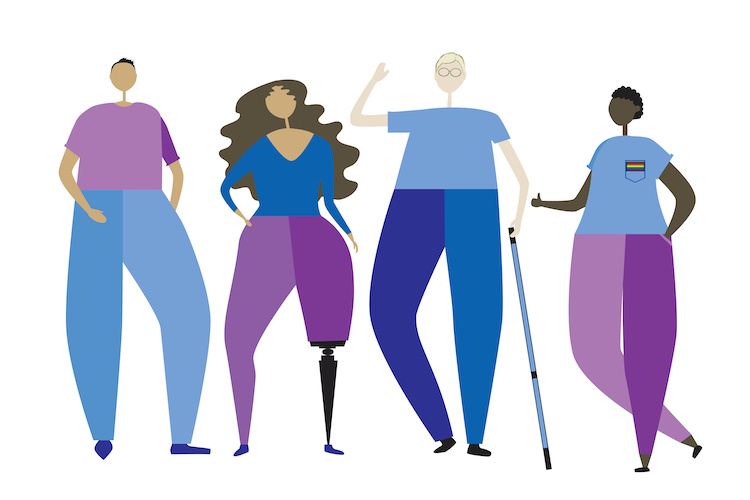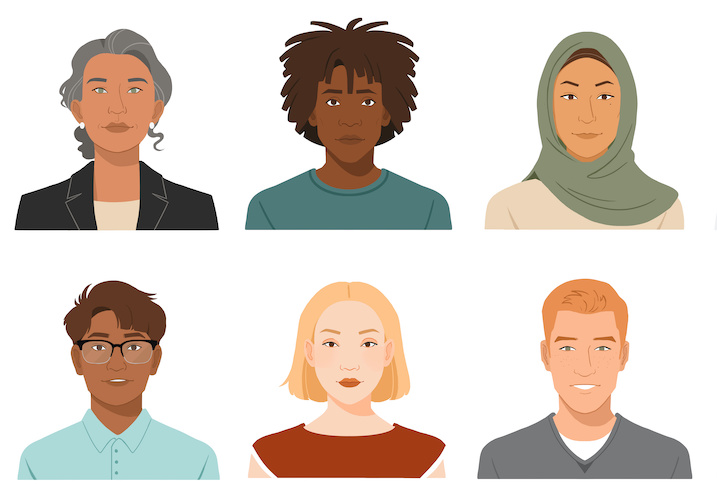-
What’s holding inclusion back? Leaders’ behavior.
Only 31 percent of employees believe their leaders promote an inclusive environment, according to a recent report by DDI. Numbers like these beg the question, why aren’t leaders more inclusive? There are a few key obstacles holding them back.
-
Psychological safety: an overlooked secret to organizational performance
Psychological safety is an essential foundational component for innovation, divergent thinking, creativity and risk-taking — but it should not be confused with comfort. There are a number of small behaviors leaders can cultivate to help their teams take more interpersonal risks to increase psychological safety.
-
Honest feedback plays a critical role in building cultural D&I
D&I initiatives that aim to add more diversity to leadership risk disengagement among some candidates unless efforts are made to ensure all employees maintain trust in the underlying fairness of promotion decisions. This is why timely and accurate feedback to employees on their development gaps and shortcomings is critical.
-
Checking the DEI box is not enough
Getting serious about diversity, equity and inclusion means going beyond compliance requirements to ensure your training and business strategy truly represents your organization’s values.
-
Change is incumbent on all of us
What is the role of leadership in the journey to systemic change?
-
Cultivating a DEI garden where seeds of innovation grow into creative breakthroughs
Research proves time and again that there exists a powerful connection between innovation and diversity, equity and inclusion; our challenge is to build a robust cornerstone for change by optimizing that connection.
-
Diversity training is the opposite of ‘anti-American’
We all should be committed to the cause of fair and equal treatment of all Americans.
-
5 moves that actually increase diversity, equity and inclusion
Nearly every Fortune 500 company offers some variety of diversity training, yet many workers still face bias and discrimination. Here are five things you can do to help reduce bias and discrimination in your workplace.
- BUDDY PASS NOW AVAILABLE on CLO Symposium Registration, CLO Accelerator Enrollment and Membership.
- BUDDY PASS NOW AVAILABLE on CLO Symposium Registration, CLO Accelerator Enrollment and Membership.
- BUDDY PASS NOW AVAILABLE on CLO Symposium Registration, CLO Accelerator Enrollment and Membership.
- BUDDY PASS NOW AVAILABLE on CLO Symposium Registration, CLO Accelerator Enrollment and Membership.

















